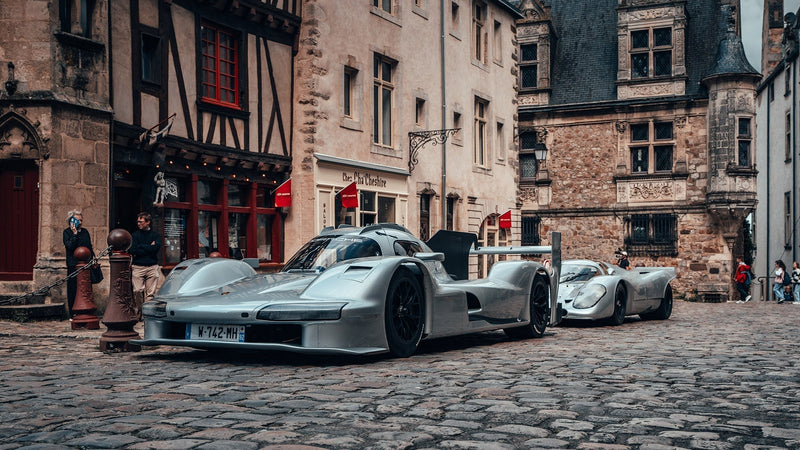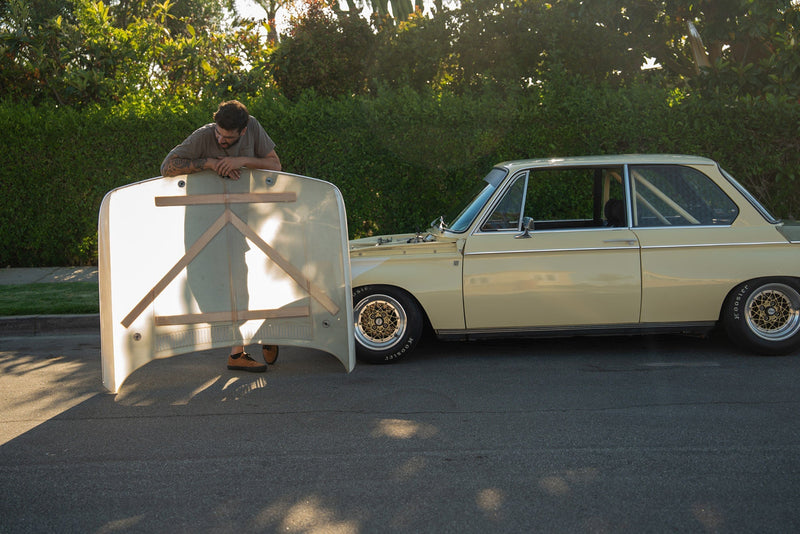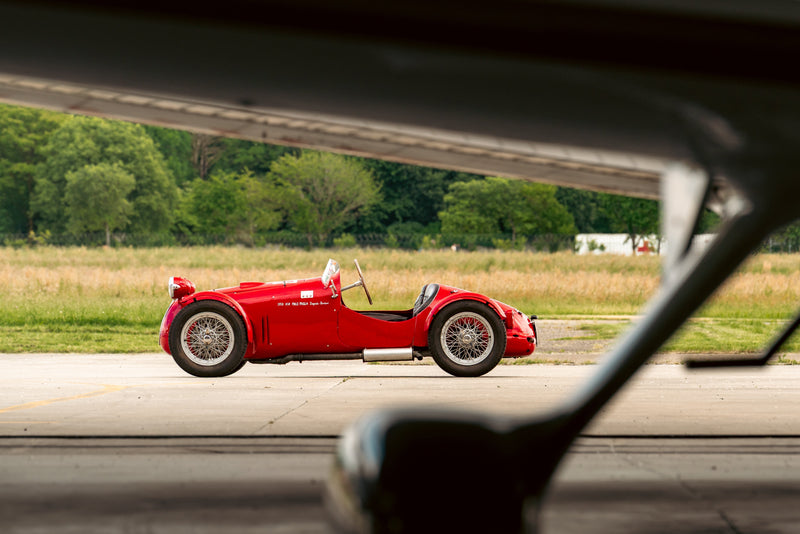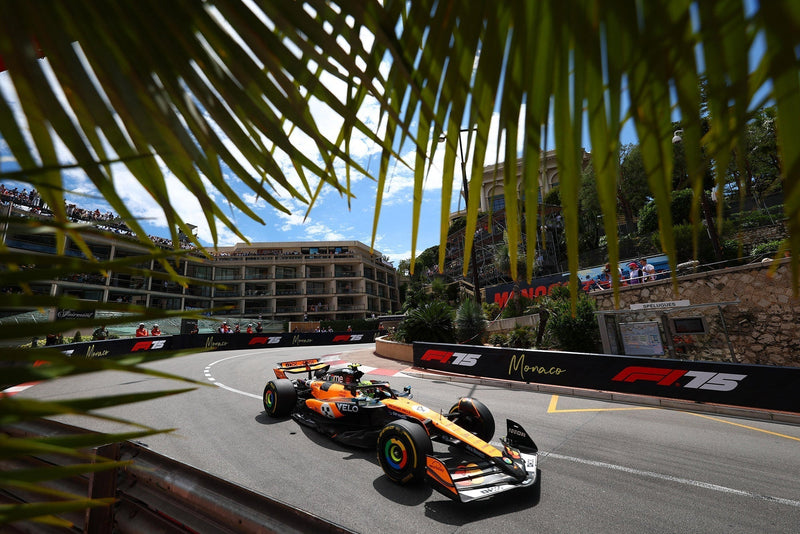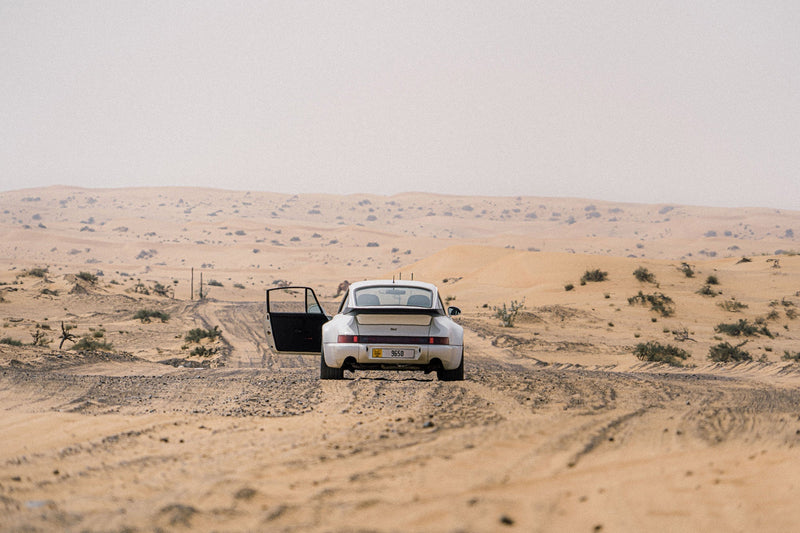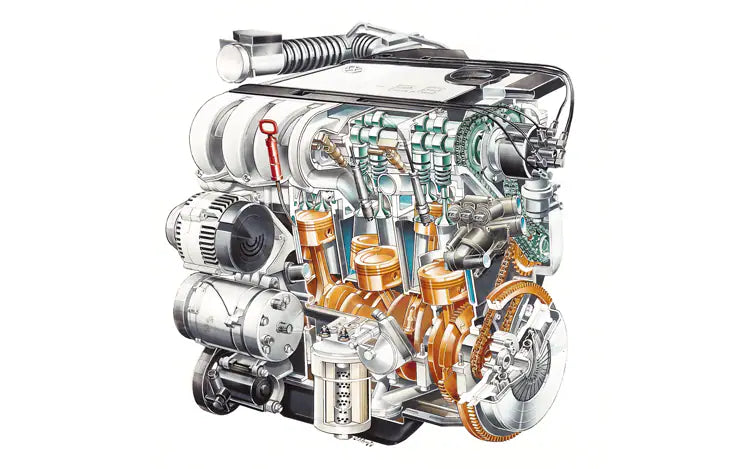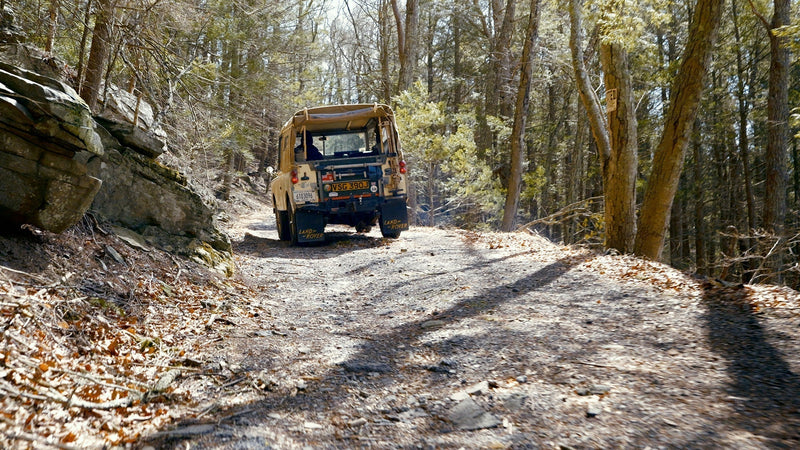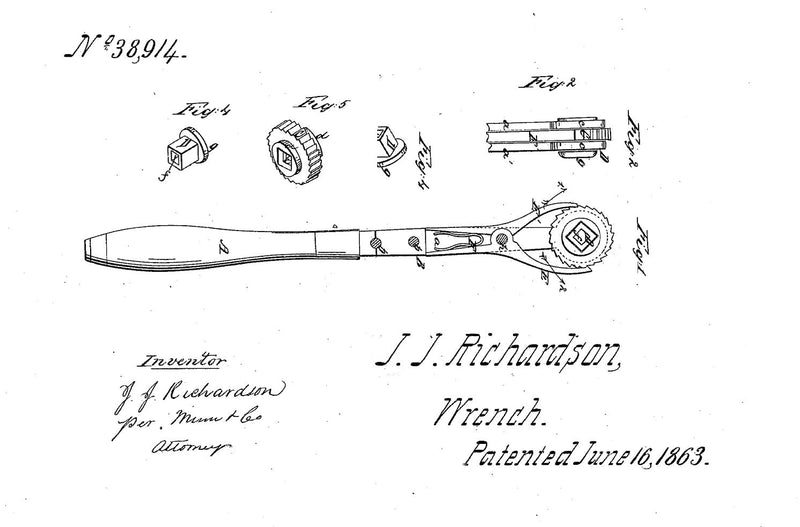The son of Vincenzo Lancia, founder of Lancia Automobili S.p.A., Gianni was the man responsible for convincing the family company to invest in research and development for racing cars in the early 1950s. In doing so, he not only gave Lancia its first Works team but he also bet, against all odds, that Lancia could field a competitive motorsports division. On the business side, Gianni proved capable as he revolutionized the assembly line and guided Lancia through its difficult post-war years.
Under Gianni's leadership, Lancia became a top performer, known for its technology and for fielding the best drivers and engineers of the time. Its D20 line, later to evolve into its 23 and 24 models, set a new standard for both Lancia and for European automobiles more generally. The marque then followed this with the Stratos, the 037, and the S4, cars that truly revolutionized the company's image and left an indelible imprint on the world of racing.


In all of this, Gianni was doing what his father could only dream of doing. When Lancia was a newborn manufacturer, a racing effort was too much to sustain. To get his racing fix, Vincenzo Lancia competed at the wheel of Fiat cars. Over those years, however, Lancia's cars developed a reputation for reliability, elegance, and civilized performance and it wasn't long before privateers and amateur racers began using them successfully in hill climbs and endurance races. In 1928, a semi-official team ran the second annual Mille Miglia in a Lambda, the highest profile race ever that would ever be run in a Lancia prior to Gianni's era.
After the death of Vincenzo Lancia, the company was taken over by his wife, who kept Lancia afloat during WWII despite losing many workers and facilities. In 1944, she was succeeded by Arturo Lancia, Vincenzo's cousin, who was a mentor to Gianni in his first years with the with the company.


At just 24 years old, Gianni took over a company in the midst of the post-war years and faced the challenge of developing new models on a shoestring budget. Taking advantage of the research and development work done in exile in a previously-hidden office in Padua, and from the expertise of Vittorio Jano, Gianni Lancia decided to renovate the already existing Ardea and Aprilia and in doing so hit upon a new model the Aurelia B10.
The powerful Aurelia, with the first production 2 liter V6, was a powerful, superb-handling dream. It wasn't long befoe some clients begun using them in hill climbs and other competitions. When the B20 Cupè version hit the market, it was an instant success: three days after being introduced at the 1951 Turin Autoshow, an Aurelia won the Giro di Sicilia. Factory-backed B20s also competed in the Mille Miglia and at Le Mans, taking first in both races.

For 1952, Lancia bolstered Squadra Corsa and increased its support of privateers as the company competed in the Carrera Panamericana race in Mexico and in the Mille Miglia. These were to be the last races for the B20, however, as a new works car was being developed in Turin.
1953 was the birth year of Lancia's first true race car: the Aurelia D20 Competizione, the D23, and the D24. With drivers like Taruffi, Maglioli, Ascari, Bonetto, Villoresi and Castellotti behind the wheel, Lancia took part in the Mille Miglia, the Targa Florio, Le Mans, Monza, the Carrera Panamericana and many other races.
By the time 1955 rolled around, Lancia was ready for Formula 1 with its D50, which would become known as the Lancia-Ferrari when the Squadra Corsa donated it to Ferrari. This foray into Formula 1, however, was short-lived. Factory driver Alberto Ascari was killed – behind the wheel of a Ferrari – while testing at Monza and Gianna was evicted from his position as CEO soon thereafter.
In just two frenetic years, Lancia had laid the foundation for its racing success. Characterized by unique design but marked by misfortune, Gianni Lancia's dreams were but the first glimpse of what would become one of the most successful companies in Italian automotive history.

Image Sources: automotivevaluationservices.com, iefimerida.gr, imageshack.us, imageshack.us, hoopchina.com.cn, imgci.com



































